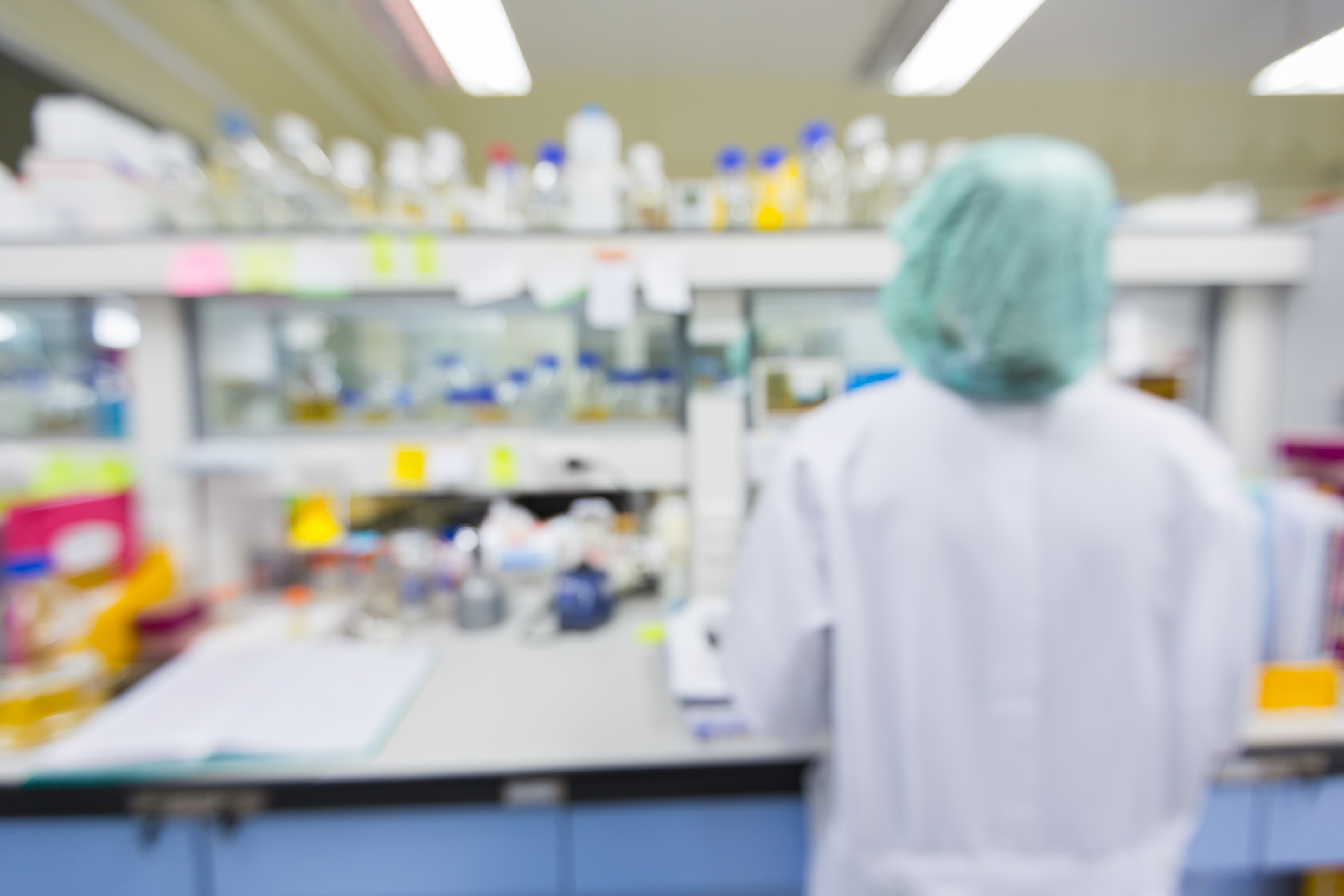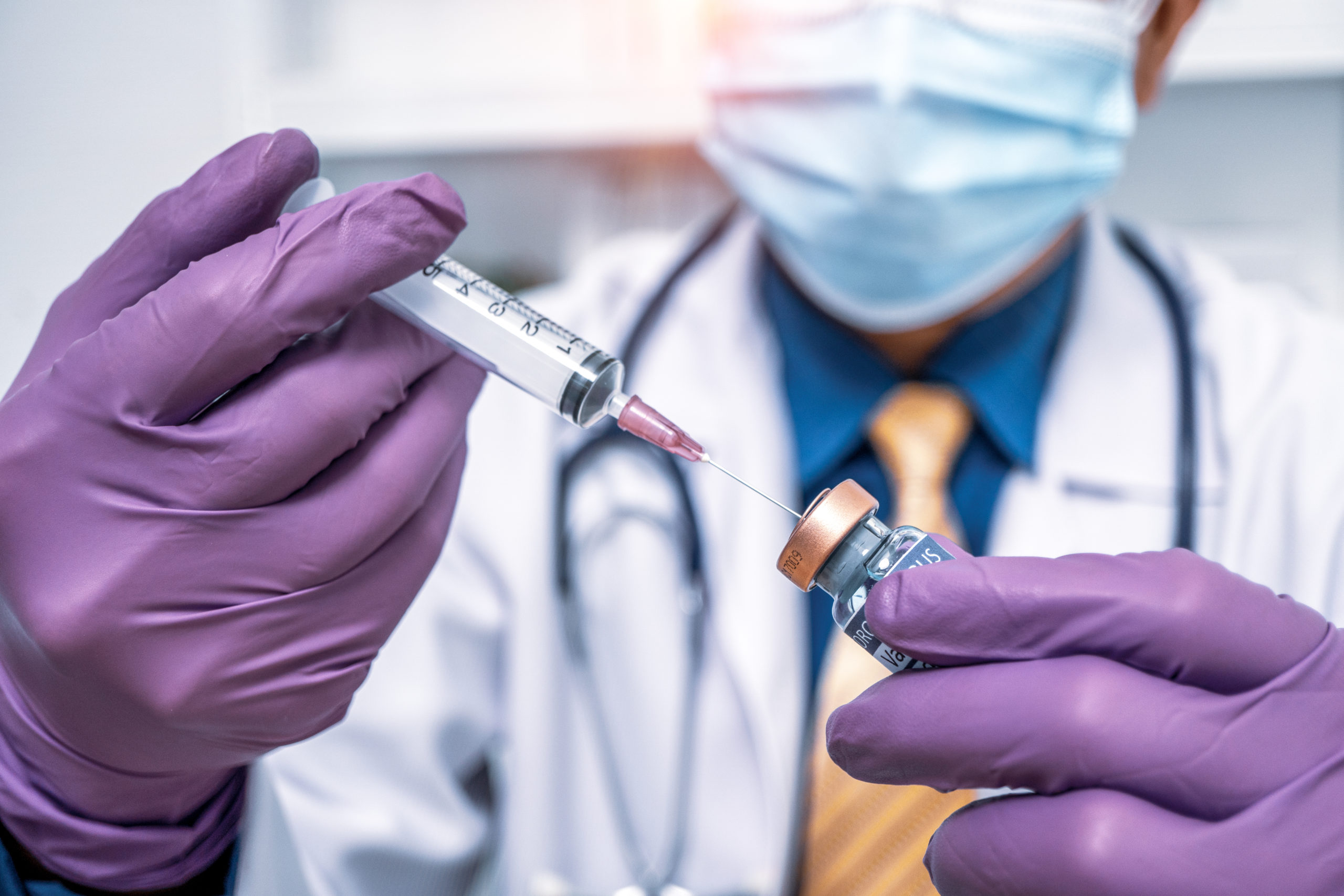What is Biobanking? An Overview of a Fast-Growing Field

Novel therapies are moving away from the "one size fits all" concept and are working towards a patient-tailored precision therapy approach 1. Since this transition relies on patient-derived biosamples, it has strongly reshaped the field of biobanking and biospecimens procurement 2,3.
The importance of studying both liquid and solid human bioproducts lies within the samples' molecular characteristics and their direct impact on the current trends in biomedical research. And while ethically-procured patient biospecimens with available clinical history and molecular data are an invaluable resource, the awareness surrounding their collection process and the overall purposes of their use often remain limited.
At Audubon Bioscience, we have made it our mission to raise awareness about the crucial role biosamples play in the advancement of translating research into available life-saving precision therapies. Here, we will give a short overview of the biobanking space, its goals as well as the players and end-users.
The types of biobanking institutions
The advancements of biomedical research and the strong focus on implementing personalized medicine have reshaped biobanking over the last decade. Once composed of mainly hospital-associated public biobanks containing vast collections of their patient samples, biobanking has now branched into a highly dynamic field with many private biobanks and biorepositories replying to the growing needs of biomedical research.
The involvement of the private sector shifted the established biospecimen availability. In the past, biosamples were available only to the academic or clinical research centers associated with a public biobank. Today, private biobanks make these valuable samples also available to the pharma, diagnostics, and biotech industries.
A significant achievement has been the acknowledgment that all translational research should have access to such samples to increase the successful delivery of therapeutics. Team efforts between clinicians, surgeons, pathologists and other laboratory staff are implemented to establish good practices and collaborations for biosamples collection and handling 3,4,5. Both public and private organizations play a crucial role in this process.
The types of biospecimen collections
The classic biospecimen collections maintained by academic biobanks are the so-called retrospective collections. With research objectives becoming discreetly focused and scientists looking to answer complex scientific questions, the criteria for biospecimen collections have changed. Specimen collections need to adhere to the increasing specifications such as mutational profiling, relapse status or previous treatments, collection methods, media choice, and processing conditions. For these reasons, the majority of collections are now bespoke or prospective.
An important perception about biospecimen collections that the field is developing and supporting is the ‘fit-for-purpose’ nature of biosamples ensuring they are navigated towards precise research pipelines where they can release their full potential.
Well-collected, annotated, and stored samples with extensive molecular and follow-up data hold great promise for identifying the molecular keys for therapy resistance 4,5. Although a well collected and preserved biomaterial is vital, its most significant value lies in the extensive accompanying clinical data. Correct and complete data annotation is essential for the usability of any collected sample. It is crucial for retrospective collections stored at biobanks to be accompanied by as much molecular and follow-up data as possible to lend to their value and usability.
Who is using the collected biospecimens?

From patient collection to the research bench, biospecimens usually go a long way. Often collections include multiple geographical locations to ensure good genetic background representation in the studies.
The process of human biospecimen procurement is initiated by the generous donation of a biospecimen from a patient. However, this process can only be successful if the clinician or research staff member is able to educate a patient on their options of how to donate. It is the duty of the medical and laboratory staff to protect and ensure the patient's well-being and anonymity and to isolate and process the biosample according to the study's protocol. Processed biosamples are then prepared for shipment, analyzed, or stored by the biobanking staff to best preserve their integrity and ensure they will fit their purpose 4,5. The final end-user is a research team of an academic institute, a private pharma or biotech, or a governmental institution or initiative.
The circle can be viewed as wholly closed once a therapy is developed with the help of biosamples and can be utilized to target oncologic disease within a patient population. This timeline is currently very long and often is not directly benefiting the patient who donated, however, we at Audubon want to change the turnaround time to benefit patients now. In this line of reasoning, the patient is both a starting point and an end-user, and the rest is an intermediate supporter of delivering life-saving solutions.
Biospecimens come in various formats and shapes
When deciding on working with human biospecimens, choosing the type and format that best fits a project's final goals is essential. The variety of materials (solid tissues/biofluids) and the format in which they are isolated and conserved will define the downstream applications they suit.
Solid tissue obtained from a biopsy or during surgical intervention could be preserved and stored as FFPE (Formalin-Fixed Paraffin-Embedded) blocks 6 or frozen aliquots. Both types of preservation are suitable for IHC (Immunohistochemistry) analysis or DNA/RNA screenings for new molecular targets or biomarkers. The choice between them depends on the details of the downstream analysis. Fresh tissue isolation is required if the purpose is to further isolate cells for primary 2D or 3D culture development 7.
Among biofluids, blood is the leader when it comes to biomarker research and profiling of patients 8. Whole blood could be directly frozen and used for genetic screening. More tailored approaches involve separating the immune cell fraction from the liquid matrix (plasma) and the subsequent analysis of these two components covering different informative parameters such as immune cells, macromolecules, extracellular vesicles, and circulating tumor cells (CTCs).
How are biospecimens used in research?

The biopharma market is fighting with a significant disproportion between the number of molecules and therapies entering the preclinical stages and the amount of approved and launched drugs. An astounding portion of published translational research performed on cell lines and animal models fails to deliver reproducible results when translated to the human system during the early stages of therapy and drug development.
In addition, despite the success of cancer biomarkers discovery and the use of many to guide treatment (ie: human epidermal growth factor receptor 2 (HER2) status for breast and epithelial growth factor receptor (EGFR) mutation status in lung cancer), a startling pool of treated patients display early or late-onset resistance and relapse 9,10,11. This unfortunate reality shows that other factors within the tumor microenvironment or the patient's genetic background play a role in their response to therapy 12. The identification and understanding of these mechanisms will further depend on the analysis of patient's derived biospecimens 13.
Biosamples are key to addressing all of these setbacks, from innovative disease models or identifying novel biomarkers and drug target molecules to deciphering cancer resisting mechanisms. Introducing a patient's derived material as early as possible into a biomedical research study is crucial to producing meaningful results that may prevent a lapse in patient care.
How is Audubon Bioscience placed within the biobanking environment?
As a qualified human biospecimen provider, we support biomedical research projects by providing high-quality tissue samples and comprehensive medical data.
We understand the importance of human biospecimens, and we support both scientists and our medical partners throughout the collection process. We are dedicated to increasing the usability of biosamples and delivering their fullest potential to aid in the development of life-saving therapies. It is our mission to raise awareness about the biobanking process and the crucial role biospecimens play in preclinical research.
If you are interested in learning more, check out our blog page or Clinics and Doctors dedicated page. Do you have a particular question about biobanking? Get in touch with our team, and we will be happy to help you.
References:
- Sawyers, C. Targeted cancer therapy. Nature 432, 294-297 (2004).
- Reuben, A. et al. Working with human tissues for translational cancer research. J. Vis. Exp. 2015, 1–7 (2015).
- Zatloukal, K. & Hainaut, P. Human tissue biobanks as instruments for drug discovery and development: impact on personalized medicine. Biomark. Med. 4, 895–903 (2010).
- Müller, H. et al. Biobanks for life sciences and personalized medicine: importance of standardization, biosafety, biosecurity, and data management. Curr. Opin. Biotechnol. 65, 45–51 (2020).
- Kapp, M. B. Ethical and legal issues in research involving human subjects: Do you want a piece of me? J. Clin. Pathol. 59, 335–339 (2006).
- Gaffney, E. F., Riegman, P. H., Grizzle, W. E. & Watson, P. H. Factors that drive the increasing use of FFPE tissue in basic and translational cancer research. Biotech. Histochem. 93, 373–386 (2018).
- Nagle, P. W., Plukker, J. Th. M., Muijs, C. T., van Luijk, P. & Coppes, R. P. Patient-derived tumor organoids for prediction of cancer treatment response. Cancer Biol. 53, 258–264 (2018).
- Marrugo-Ramírez, J., Mir, M. & Samitier, J. Blood-based cancer biomarkers in liquid biopsy: A promising non-invasive alternative to tissue biopsy. Int. J. Mol. Sci. 19, 1–21 (2018).
- Liu, D. Cancer biomarkers for targeted therapy. Biomark. Res. 7, 25, s40364-019-0178–7 (2019).
- Wang, J. & Xu, B. Targeted therapeutic options and future perspectives for her2-positive breast cancer. Signal Transduct. Target. Ther. 4, (2019).
- Bethune, G., Bethune, D., Ridgway, N. & Xu, Z. Epidermal growth factor receptor (EGFR) in lung cancer: An overview and update. J. Thorac. Dis. 2, 48-51 (2010).
- Groenendijk, F. H. & Bernards, R. Drug resistance to targeted therapies: Déjà vu all over again. Mol. Oncol. 8, 1067-1083 (2014).
- Crawford, J. M. & Tykocinski, M. L. Pathology as the enabler of human research. Lab. Investig. 85, 1058-1064 (2005).

